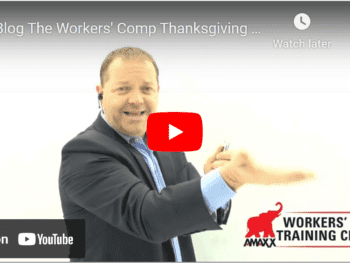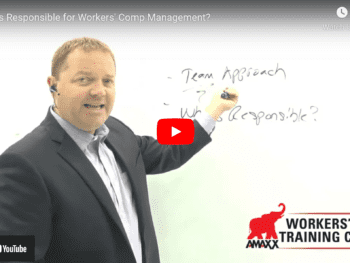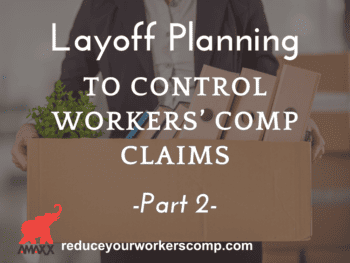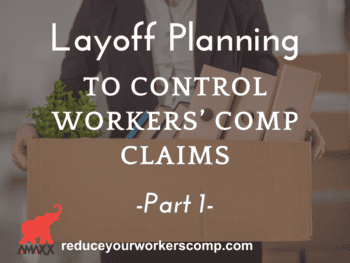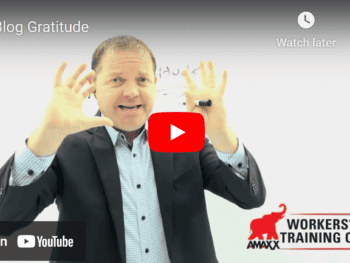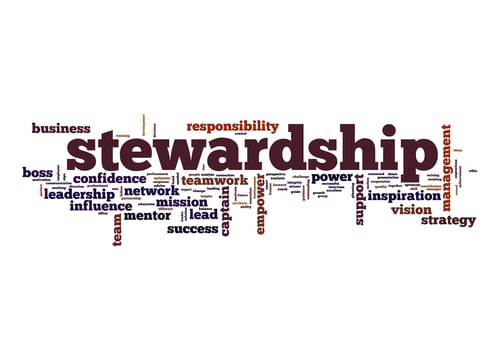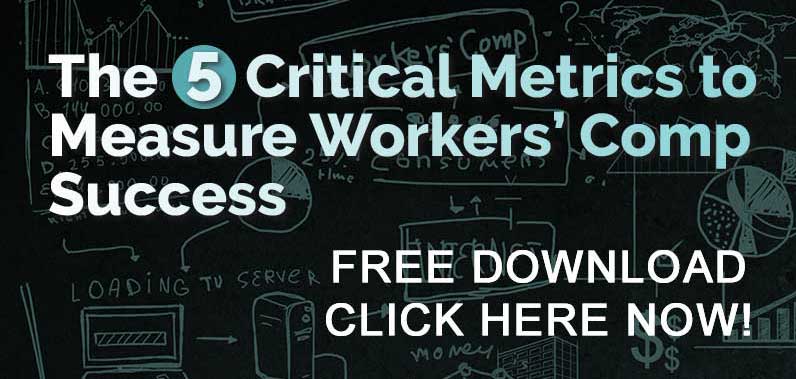Click Link to Access Free PDF Download
Looking at employees with fresh eyes when they get injured is an incredible opportunity. Not only to reduce costs in the short term, but to improve your safety program and prevent injuries in the long term. Hello, my name is Michael Stack and I’m the CEO of Amaxx. And today I wanna talk to you about that moment in employees injured. The moment is employees that is injured and looking at that employee with fresh eyes. And here’s what I mean by that two specific categories that we need to look at these employee with fresh eyes. And it’s an opportunity, massive opportunity, listen to drive down costs and make that claim a whole lot easier to manage in the short term. And then the long term set up your company from a systems standpoint for success in terms of safety and prevention. So follow along on these two things, first piece in responding to injuries with fresh eyes, when an employee is injured, it’s not the first time you’ve ever interacted with them.
You know, that employee, they know you, particularly as a supervisor, you’ve had maybe a little rift in the past, or you’ve had a positive experience with them in the past, or you’ve had whatever there’s some sort of issues. And in relationship that has been built up to this point, particularly if it hasn’t been the best, not every supervisor, employee relationship is super positive. Andrah RA cheer, cheer, even in those cases where it’s not the best that supervisor needs to respond with care. And with fresh eyes with fresh eyes, we have a, we run a school and there’s a, we have a little, uh, bine bottle on the wall that says, look at it with fresh eyes. Look at this, bring to this day with fresh eyes, that reminder to respond with care. So I did a different, uh, video training on this, on how to supervisors respond.
FREE DOWNLOAD: “5 Critical Metrics To Measure Workers’ Comp Success”
So the first thing is, I’m sorry, you got hurt. How were you feeling? And then listen. So that’s a little short, uh, you can see the link below to that, uh, to that one where I go into this, respond with care with fresh eyes, even if you don’t have the best relationship with that individual employee makes a massive, massive difference. This is functionally in regards to emotions management, technically in regards to system design. I want you to take a look at this in terms of your job description and physical and mental assessments, physical and mental assessment. When an employee is injured, it is an incredible opportunity to review the physical and essential functions of that job. Review the physical requirements, the essential functions of that job. What is the job description that this individual who got hurt? Why did they get hurt? What is their job description?
What are the physical requirements of the essential functions? What are the mental requirements in order to do that job? Mental health is becoming increasingly more important in our world. And as you start to think about this in terms of injury management, hugely important piece. So what you’re doing here is you’re doing a physical test. So a physical test that we call these functional capacity or fit for duty tests. Basically you’re just physically testing. Okay, you’ve gotta lift as part of your job description, physical demands, 85 pounds on a regular basis. Physically let’s physically test you of whether or not you can do that and perform that job safely and the same vein mental health requirements. And you’re gonna hear more of this from me coming up in the, in the days and weeks and months and years ahead, because it’s increasingly are important in regards to our claims management, having that mental health baseline incredibly important as well.
When you’re looking at this with fresh eyes, now, you’re saying, okay, we hired you, you know, 17 years ago. Are you physically in the same state that you were when you were hired? Hmm, probably not. Some things have happened. Are you mentally in the same state? Probably not. A lot of things have happened in your life and in the world. Okay, great. Let’s test those things. Let’s make sure you are still fit to do this job safely and successfully from a system design standpoint, taking that opportunity from fresh eyes to respond with care emotionally with that individual employee and the baggage. Any baggage may have built up in the past. You’re looking at it with fresh eyes and then system design standpoint. You’re looking at the job description, the physical requirements, the mental requirements. You’re looking at the physically testing that in individual employee of whether they can do that job safely. If you put these two things in place, it will have a massive, massive impact on your organization. Again, my name is Michael Stack and I’m the CEO of Amaxx. Remember your work today in worker’s compensation can have a dramatic impact on your company’s bottom line, but it will have a dramatic impact on someone’s life. This’ll be great.
 Author Michael Stack, CEO Amaxx LLC. He is an expert in workers’ compensation cost containment systems and helps employers reduce their workers’ comp costs by 20% to 50%. He works as a consultant to large and mid-market clients, is a co-author of Your Ultimate Guide To Mastering Workers Comp Costs, a comprehensive step-by-step manual of cost containment strategies based on hands-on field experience, and is the founder & lead trainer of Amaxx Workers’ Comp Training Center, which offers the Certified Master of Workers’ Compensation national designation.
Author Michael Stack, CEO Amaxx LLC. He is an expert in workers’ compensation cost containment systems and helps employers reduce their workers’ comp costs by 20% to 50%. He works as a consultant to large and mid-market clients, is a co-author of Your Ultimate Guide To Mastering Workers Comp Costs, a comprehensive step-by-step manual of cost containment strategies based on hands-on field experience, and is the founder & lead trainer of Amaxx Workers’ Comp Training Center, which offers the Certified Master of Workers’ Compensation national designation.
Contact: mstack@reduceyourworkerscomp.com.
Workers’ Comp Roundup Blog: http://blog.reduceyourworkerscomp.com/
©2022 Amaxx LLC. All rights reserved under International Copyright Law.
Do not use this information without independent verification. All state laws vary. You should consult with your insurance broker, attorney, or qualified professional.
FREE DOWNLOAD: “5 Critical Metrics To Measure Workers’ Comp Success”

